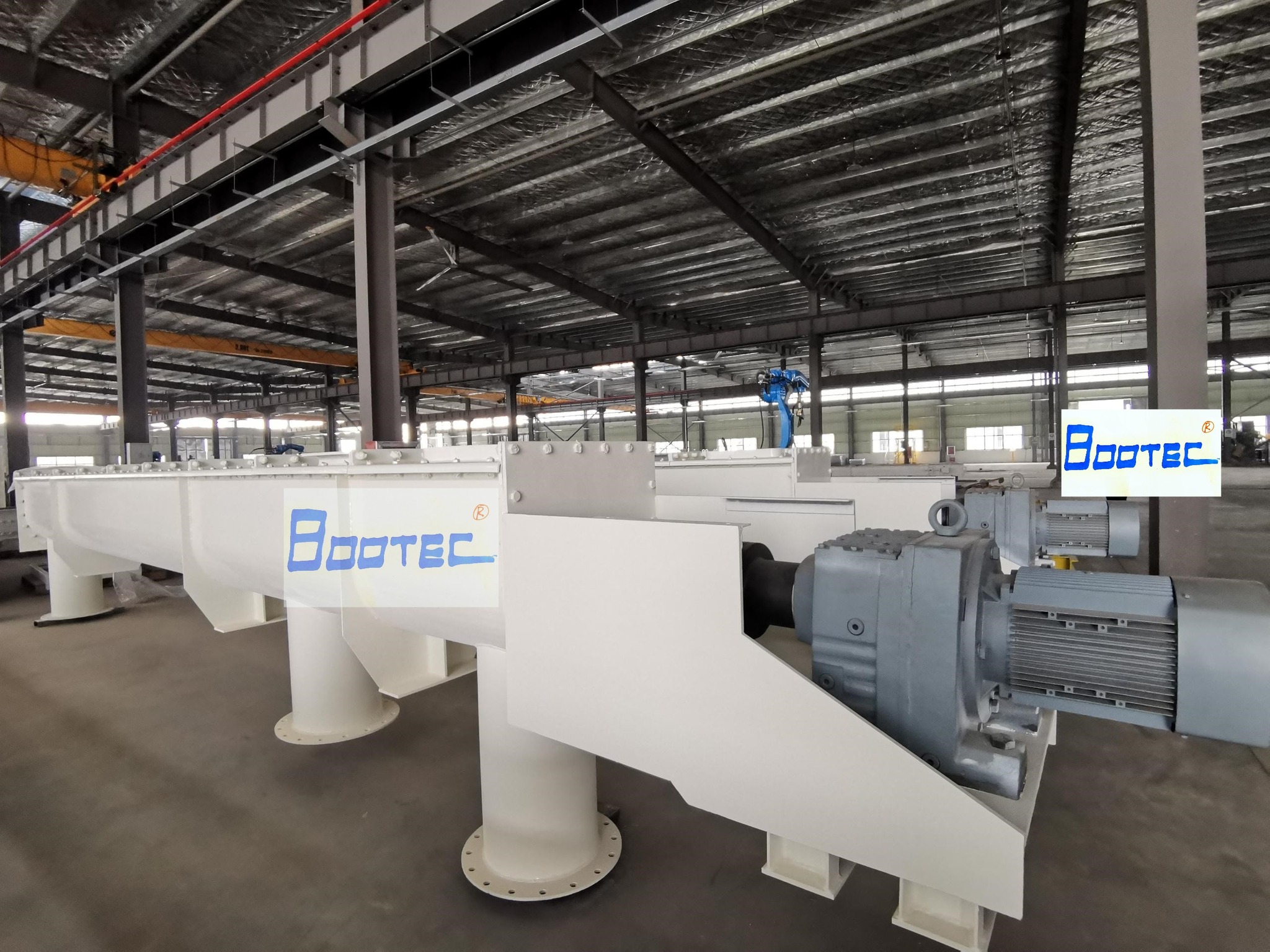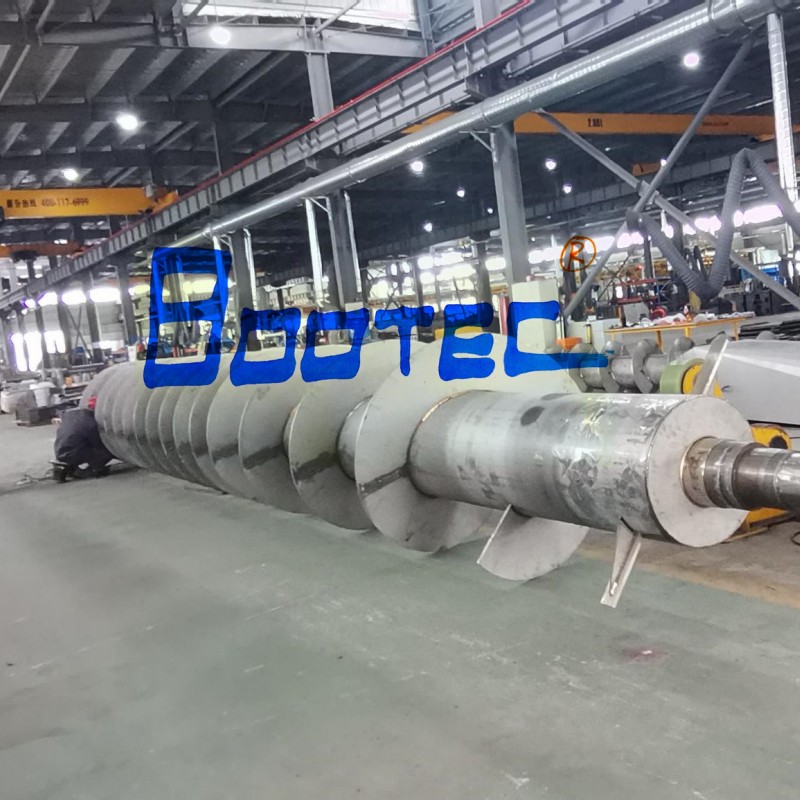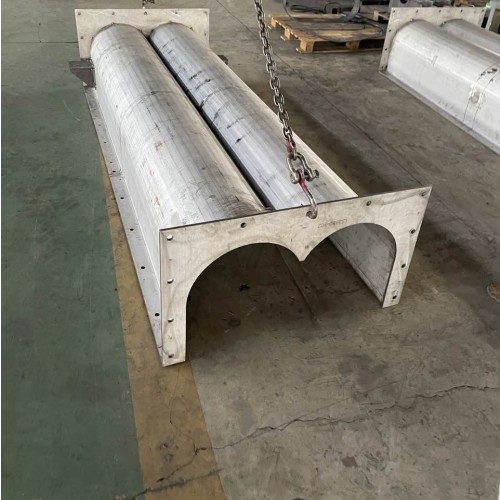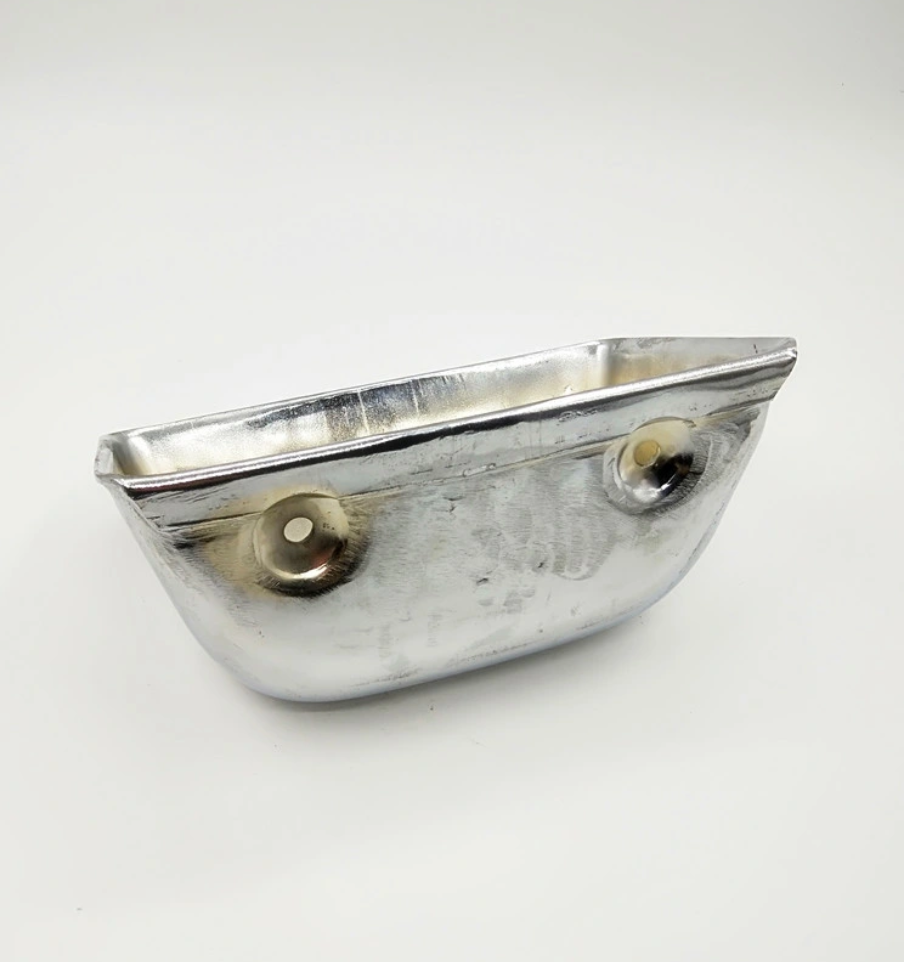
Heating screw conveyors
Heating screw conveyors
High temperature screw conveyors can perform the following functions:
Conveying Materials: Conveying materials exposed to high temperatures from one location to another. This includes materials such as cement, steel, chemicals and food.
Mixing materials: Used to mix and mix materials during transportation. This is useful for applications where multiple materials need to be combined prior to processing or storage.
Cooling material: It can be designed with cooling jacket or other cooling system to reduce the temperature of the conveying material. This is useful for applications where the material needs to be cooled before processing or storage.
Heating materials: a heating system can be designed to increase the temperature of the conveying materials. This is useful for applications where materials need to be heated prior to processing or storage.
Mixing and reaction of chemicals: used to transport chemicals that need to be mixed or reacted at high temperature. This is useful in chemical processing applications.
A high-temperature screw conveyor is used to convey materials exposed to high temperatures (usually above 200°C (392°F)), and its structure generally consists of the following parts:
Screw: The screw or auger is the main component of the conveyor. It is a helical blade that rotates inside a trough or tube to move material forward. Screws are usually made of high temperature resistant materials such as stainless steel or Inconel.
Chute: The trough is the structure that houses the screw and guides the material being conveyed. Tanks are usually made of high temperature resistant materials such as stainless steel or carbon steel.
Bearings: Bearings support the rotating screw so that it rotates smoothly. Bearings must be able to withstand the high temperatures of the materials being transported. Special high temperature bearings may be required.
Drive system: The drive system provides power to the rotating screw. It usually consists of an electric motor and a gearbox.
Sealing system: The sealing system prevents material leakage and keeps the working environment clean. Special high temperature seals may be required to prevent premature failure.
Cooling System: A cooling system may be required to prevent overheating of material or conveyor components. For example, hollow screw designs with cooling jackets are available for heat dissipation.
Safety system: A safety system should be established to prevent accidents or injuries due to the high temperature of the transported materials. This may include temperature sensors, sirens and automatic shutdown systems.
SCREW CONVEYORS
Screw conveyors are an excellent choice for the transfer of materials from one point to another. They are used to carry away screened material, grit, dewatered sludge or such other materials to be disposed in water and wastewater treatment plants. They can be installed horizontally or inclined depending on the design requirements. Our screw conveyor systems are designed to meet and surpass all application requirements, are very cost-effective and require minimal maintenance to operate.
FEATURES AND BENEFITS OF SISMAT ULUSLARARASI SCREW CONVEYORS:
- Ideal for handling dry to semi-fluid materials
- Cost-effective when compared to other conveying devices
- Possible change of inclination in machine frame
- Efficiently distributes bulk materials to various locations using multiple inlet and discharge points
- Can be sealed for dust free and vapor tight requirements
- Extreme versatility
APPLICATIONS
- Water treatment plants
- Municipal wastewater treatment plants
- Industrial wastewater treatment plants
- Food processing industry
- Pulp & Paper industry
- Slaughterhouses
- Bottling plants, etc.
- Solid waste processing plants
- Recycling plants






